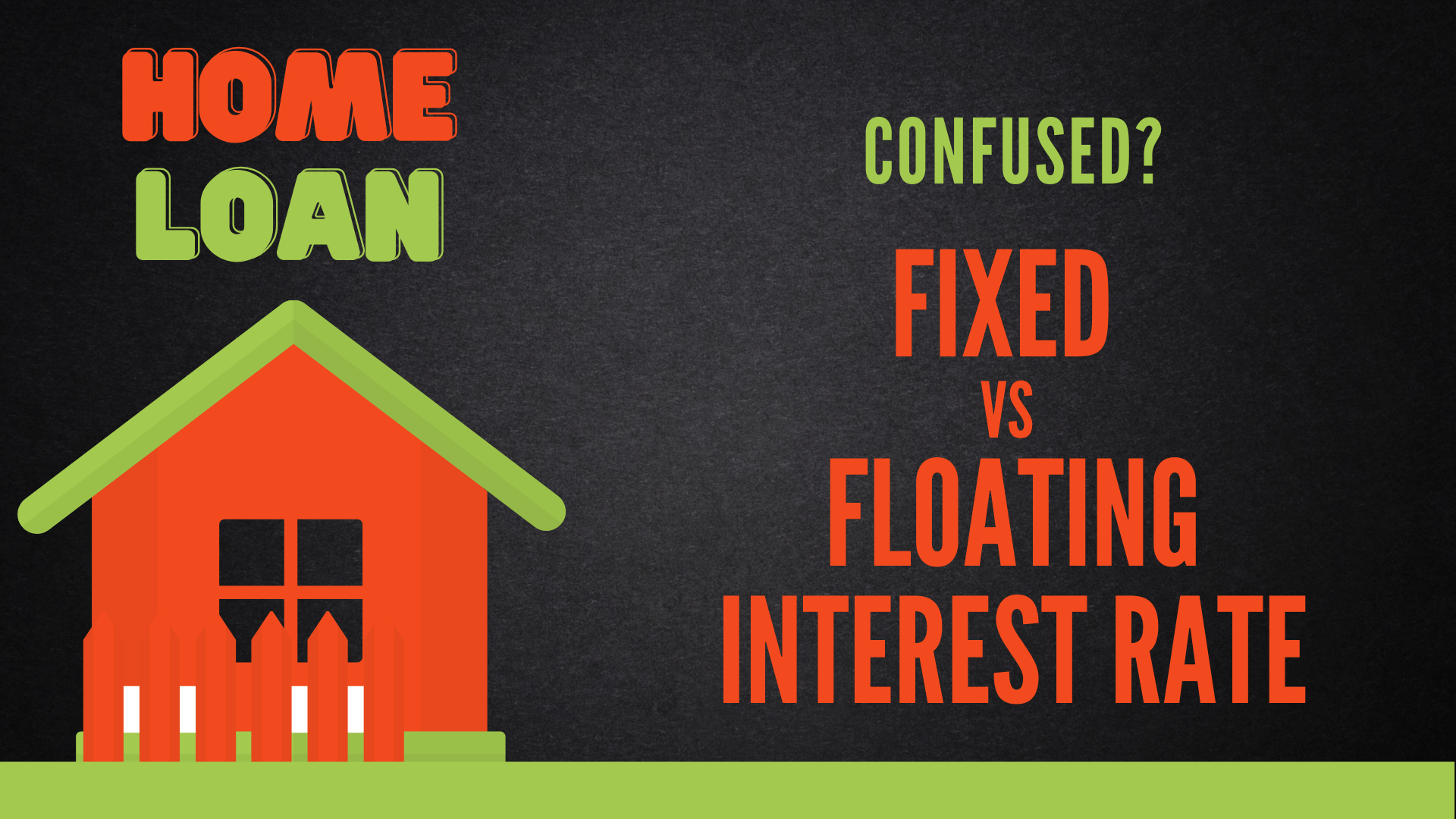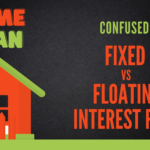Fixed or Floating rate: Lending rates in India are currently at a decade low and are expected to remain so for the next one to one and a half years due to slow economic activity caused by the ongoing Covid-19 pandemic. However, since the second half of the fiscal year ended March 2021, there has been a surge in demand for housing, particularly in the affordable housing segment.
According to data from the Reserve Bank of India, outstanding loans in the housing sector (including priority sector housing) stood at Rs 14.61 lakh crore as of April 23, 2021, a 9.5% increase year on year. However, despite severe damage caused by the Covid 2.0 wave, demand for covid products remains high.
As more buyers migrate to the sector, drawn in particular by the low-interest rates, a frequent decision every prospective borrower may face is whether to go with a fixed rate of interest or a floating rate of interest.
Before deciding which is the better option, we must first understand or revise our understanding of the two terms.
Fixed Rate
A fixed rate, as the name implies, remains constant throughout the loan’s term, regardless of fluctuations in the Reserve Bank of India’s repo and reverse repo rates or any other benchmark rate. Choosing this type of rate protects the borrower from any sudden spike in the interest rate that could affect monthly EMI, allowing them to better plan their finances, especially since home loans are long-term loans.
Conversely, a borrower may not benefit from a low interest rate if rates continue to fall. If the borrower chooses, a part of the loan can be fixed, while the rest is floating. She or he should understand whether the fixed rate offered will remain constant throughout the term (pure fixed loan) or whether it will change after a lock-in period. The length of the lock-in period can be negotiated with the bank.
Floating Rate
Floating interest rates tend to fluctuate in response to bank movements. It usually consists of two parts: the index and the spread. When the rate links to an index, the EMI rises in lockstep with the index, and vice versa. Most of the time, when interest rates rise, the bank extends the tenor and vice versa. A consumer should seek clarification on which index is going to set the floating rate. The borrower can expect unexpected gains as a result of falling interest rates. This results in lower monthly payments on the loan. Above all, floating rates are generally lower than fixed rates.
This, however, may cause uncertainty when it comes to budget planning. When rates rise, borrowers may end up paying more than they can afford if their income doesn’t rise correspondingly. This type of interest rate varies by inflationary and economic conditions.
ALSO READ: Residential property investment: Things to consider
Conclusion
Given the current environment, in which bank interest rates are low, a fixed rate of interest would be preferable to a floating rate if the rate difference is less than 25 basis points. It would have been more attractive when interest rates were falling, provided there were no fluctuations. As current rates are low and unlikely to rise soon, locking in a rate now will benefit your budget. Along with the amount and interest rate of a loan, the timeframe for disbursement is equally important. The loan term expires before lease term, so it is wise to research both options, specifically planned prepayments.

